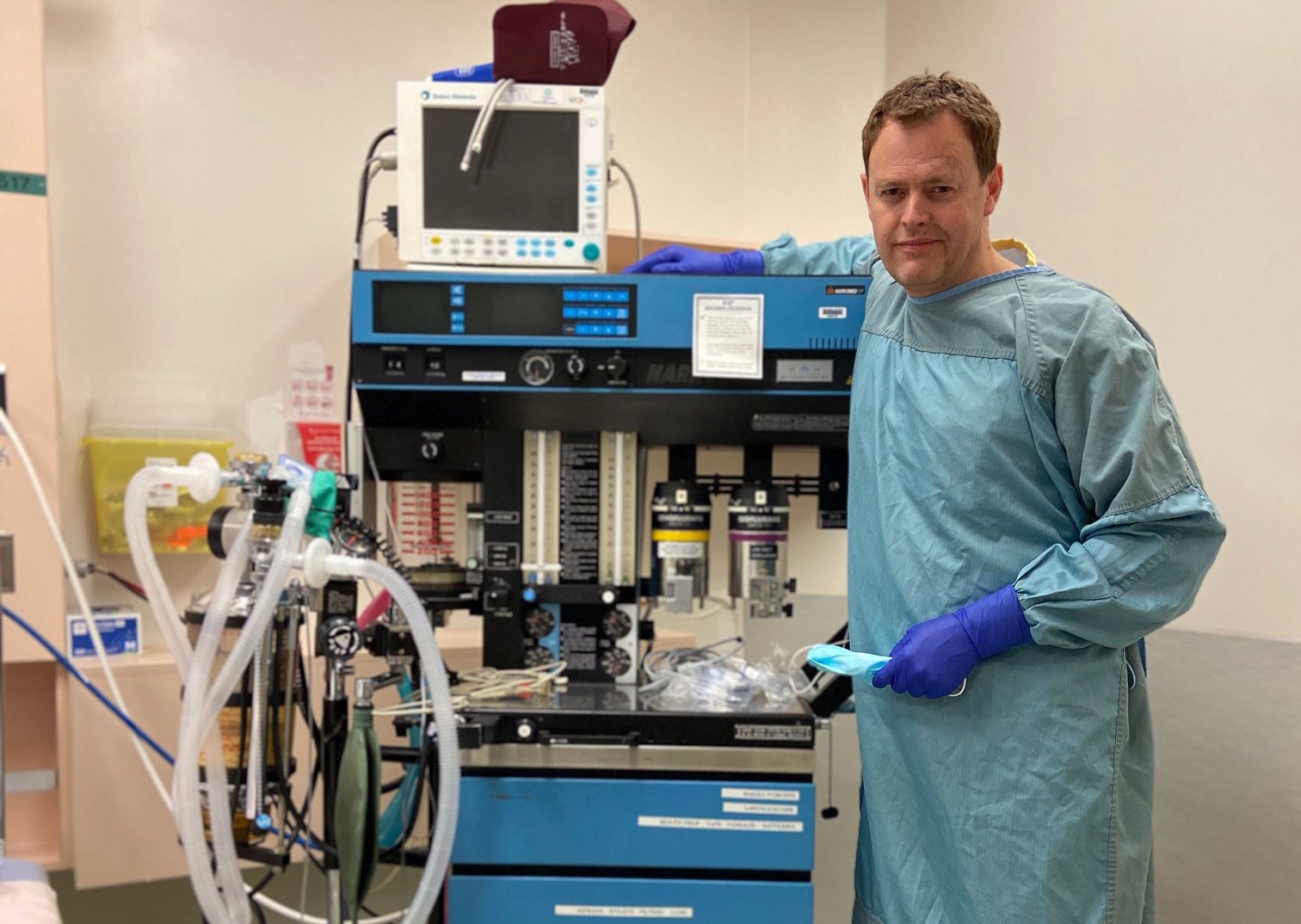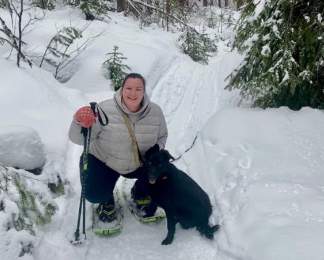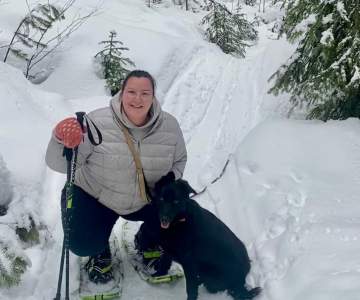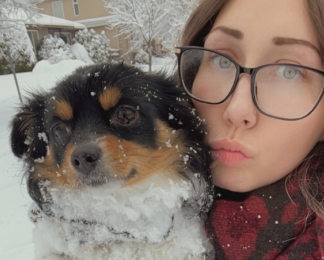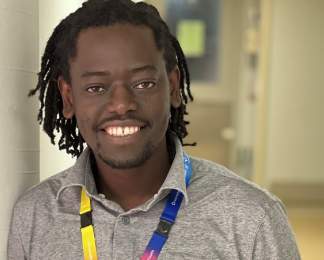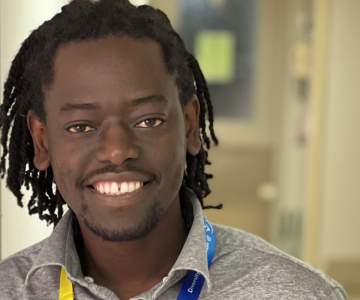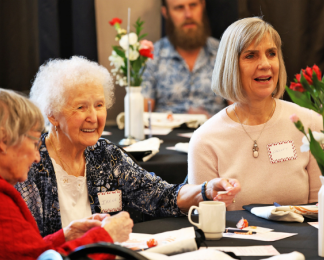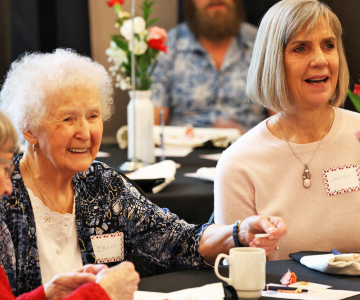When Williams Lake physician Dr. Ivan Scrooby and infection prevention lead Kelly Dillon were walking through a partially-remediated area of Cariboo Memorial Hospital (CMH) in Williams Lake earlier this year, inspiration struck.
The two were inspecting an area of the hospital that was already under construction and included ambulatory care, part of patient registration and the cardiology department. The area had been damaged by floods in January, the result of a series of burst pipes due to severe cold temperatures, and a negative pressure system was in place to remove construction dust from the area.
Due to the construction, the area was already cordoned off and completely separate from the rest of the hospital; the area was fully enclosed and fans were moving air outside as part of the remediation work.
At that time, the COVID-19 crisis was just beginning and hospitals had been asked to postpone surgeries and prepare for what could be an increase in patients who were ill due to COVID-19. Dr. Scrooby and Kelly immediately saw an opportunity to create a protected patient care area that would help limit the virus from spreading throughout the rest of the hospital.
“We went down together to have a look at the repairs and, when we walked through the space, we realized it had the potential to become a negative pressure space without having to do too much work,” says Dr. Scrooby, who inquired of the contractors if the negative pressure system could remain in place.

Cariboo Memorial Hospital in Williams Lake created a negative pressure area to allow staff to treat patients with COVID-19.
“From there the idea grew and we worked with our team at CMH and the contractor to make a few more improvements so we would be ready for potential COVID-19 patients.”
“Our departments had already been juggled around because of the flood repairs,” says Thalia Vesterback, CMH Director of Clinical Operations. “The silver lining was we had already looked at space utilization and that space that was under construction in our pandemic planning. It was a perfect solution to use the space that was being remediated due to the floods.”
* * *
During a particularly frigid cold snap in January, CMH was hit by a series of burst pipes and the hospital was thrown for a loop with its main, emergency and temporary public entrance all having to close down during the same week.
Temperatures had plunged below minus-30 C. Pipes were failing and water leaked throughout the hospital. The main water system to CMH had to be shut down. A few services became unavailable but, through it all, patient care wasn’t impacted.
“We had five separate pipes burst over a week and it kind of became like Groundhog Day, with staff responding all over again every day, in all of the different units,” says Thalia. “It really did bring everyone in the building together and there was just exceptional teamwork from all of our staff and physicians.”
Once the temperatures rose above normal, it was time for remediation work to begin. A large area was hoarded off as a restoration company worked to repair areas that were damaged. As repairs were nearing completion, hoarding remained up and a negative pressure system was in place to protect staff and patients from any construction dust. It was then that the province was hit with the COVID-19 crisis.
Enter Dr. Scrooby and Kelly Dillon's light-bulb moment. When the contractor returned to CMH to complete the restoration work, a few tweaks were made to the area. Two separate staff entrances were established where physicians and nursing staff could enter and don Personal Protective Equipment (PPE), and then exit when treatment was complete. Patients would also have a separate entrance, maintaining isolation protocols during the COVID-19 crisis.
“We are eternally grateful for all of the team players that made this happen,” says Dr. Scrooby. “It’s very comforting to treat patients that are very sick in the unit because we know we are limiting the exposure risk. With the staff and physicians wearing the proper PPE, we are protected, and so are the staff and the patients that are admitted into the regular hospital. I want to extend my gratitude to everyone for all of their hard work. We are serving a large rural community so it’s a bit challenging at times, but this has gone a long way in helping us if we have an outbreak to deal with.”
“This is just one more example of how amazing our health-care team is at Cariboo Memorial,” adds Kelly. “We work hard every day and it shows.”
Thalia echoed both of those comments, heartened by the way everyone pulled together, not only at the start of the COVID-19 response, but to the flooding earlier in the year as well.
“I think everybody has been fabulous, they have been amazing,” she says. “Everyone just pulled together. It started with the flooding and people chipping in and asking ‘how do we do this?’ Everyone was willing to come together and discuss solutions to the problem. It was a lot of effort from so many people and it really ended up being a great thing.”
